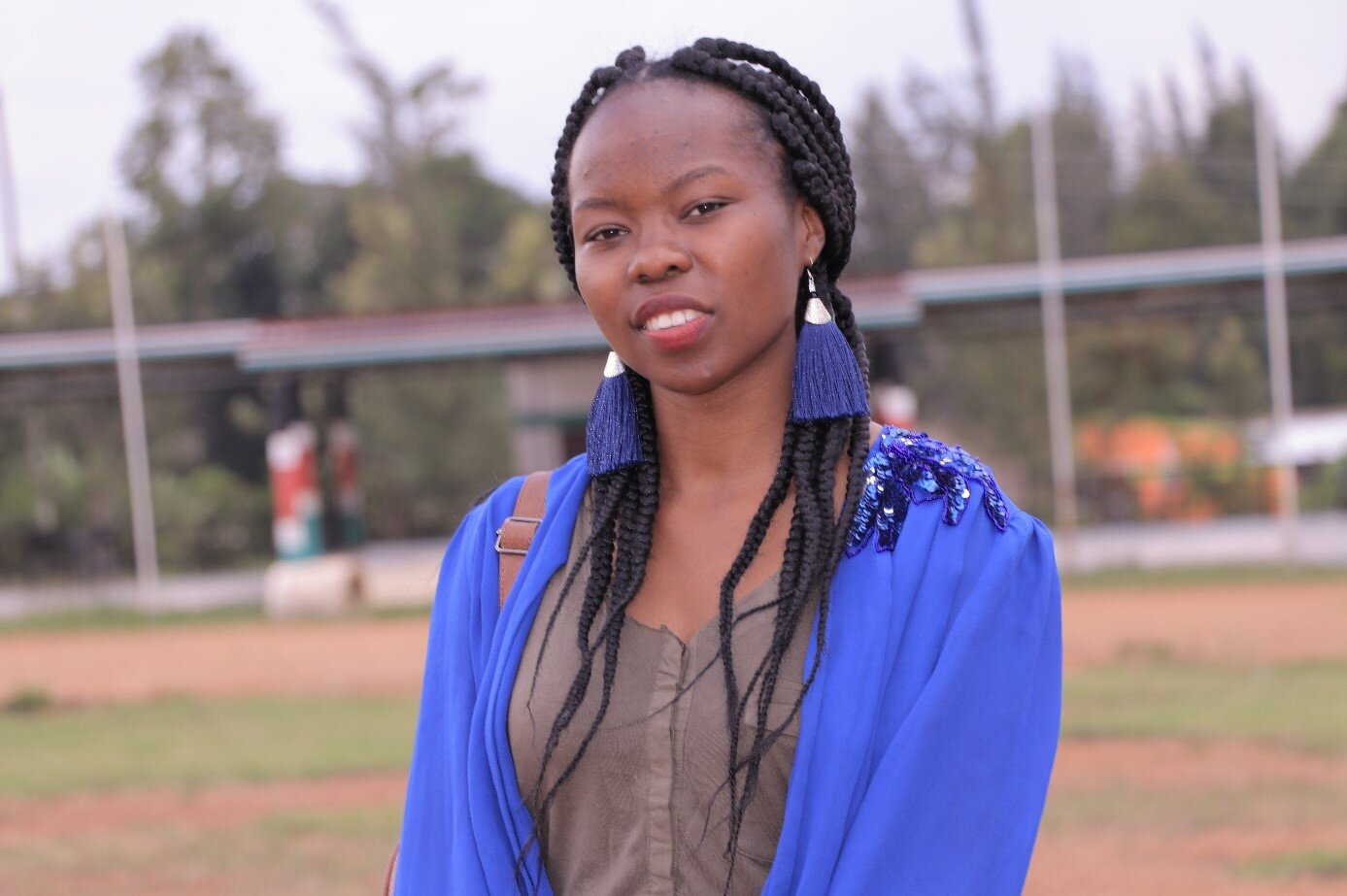As we celebrated World Children’s Day on 20 November 2020 by highlighting the importance of safeguarding Children’s Rights, for young women living in the impoverished, densely-populated areas of Nairobi city, this day carries very little meaning.
Mothers living in slum areas and on the streets of Nairobi continue to lead a horrific life as cases of modern child trafficking continue to loom large across the country and on its borders, public hospitals being the centre for negotiations and pickups.
KENYA’S HOMELESS AND COVID-19
It is estimated that over the past three years in Kenya over 300,000 children have been homeless with about 600 missing. Country data on missing children so far remains scanty, though, because the government gives very little attention to “street families”. The number of street children is expected to rise in the wake of COVID-19 pandemic. The pandemic has plunged these families further into worse conditions. With movement restrictions, homeless mothers and their children who were already struggling to access food may now end up starving for days. These families are also at greater risk of contracting the virus as they often depend on donations for items as essential as masks as well as other items required to maintain proper hygiene.
Families living in the streets undergo unimaginable forms of harassment including physical and emotional abuse from law enforcement, the public, and amongst themselves. Women and girls live under constant fear of sexual exploitation. The unprecedented turn of events driven by the global pandemic further increases their vulnerability to human traffickers. Trafficked children’s exact whereabouts remain a mystery. Some innocent newborns are sold to wealthy women attempting to evade formal adoption procedures, while others end up becoming tools for cultural human sacrifice rituals.
NO ACTION BY THE GOVERNMENT
Very little has been done by the Kenyan government to protect less fortunate women who have fallen victim to sexual harassment, and many who dare to report perpetrators of such heinous acts go missing while others have been found dead with their bodies brutally mutilated. Young girls and mothers in these impoverished areas of the city are forced to live in the shadows and are left to bear the brunt of feeding an extra mouth. A number of them turn to sex work.
Child trafficking networks have found slum areas an easy target. They know that their victims do not have a safe place to turn to for justice. Local, illegally-run clinics in the slum areas of Kayole and Kibera have turned child trafficking into a booming business that continues to attract more and more petty criminals working in connection with renowned public hospitals in Kenya.
Despite the strides made by a few citizens in collaboration with international charity workers in setting up non-governmental organisations to provide social protection and to ensure these issues are highlighted on the international stage, the lack of support from the government continues to cast a dark cloud on these attempts at solutions. There is still a lot of mistrust of these privately-owned institutions that provide support services for victims of sexual harassment and child traffickers. A documentary canvasses devastating stories of young street mothers who have had to brave the harsh reality of never reuniting with their disappeared children.
With the alarming rate of child trafficking in the country, citizens need to step up to see to it that pedophiles and human traffickers are identified and brought to justice. Citizens’ efforts have proven useful when it comes to tracing missing individuals, including children, from well-off families. However, this is not the case for children snatched from homeless mothers. Because of their vulnerability, their plight for justice goes unnoticed thus denying these babies their constitutional right to parental care and to be protected from harmful cultural practices, as enshrined in the Kenyan Constitution.
This is not just infringing their constitutional rights but also violating international law pertaining to the rights of a child. The Convention on the Rights of the Child enshrines protection against all forms of discrimination related to access to justice for children and their guardians.
The Constitution of Kenya (Article 53, sub article 2) also includes provisions “to safeguard a child’s best interests”. Who is then to be blamed for the sidelining of vulnerable groups like street families? Street children who were once considered an eyesore by the general public are now in demand amidst the lucrative child trafficking networks in Kenya. It will take concerted efforts by citizens and government alike to break off these illegal networks of child traffickers before they inevitably expand their territories into homes in search of more children for trafficking. The perpetrators live amongst us and we can make it our concern to tip the police even if it means doing so anonymously for safety. When citizens speak up, we can help amplify the cry for justice for these vulnerable families.
Diana is a final year student pursuing a degree in Journalism and Mass Communication (Public Relations) at Kibabii University. Digital Activist at Youth Alliance for Leadership and Development in Africa. A passionate advocate of SDGs 4 & 5. A volunteer Mentor for the Equity Group Foundation based in Kenya.

